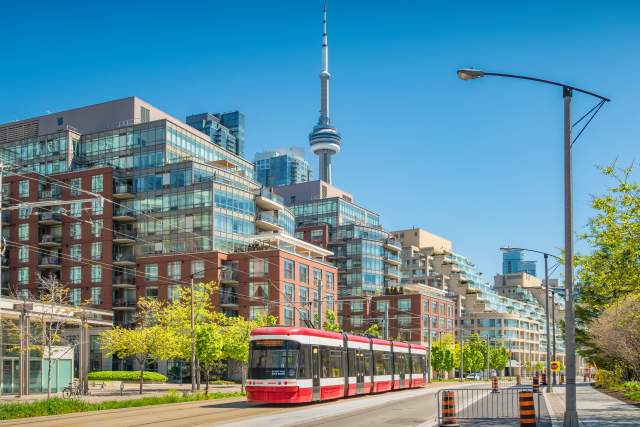The ability of destination marketing organizations (DMOs) to effectively compete and grow can be enhanced by creating opportunities for in-depth dialogues with and feedback from key meeting marketers and event professionals who have comprehensive knowledge and understanding regarding industry trends, issues, and requirements.
Advisory boards can help position DMOs as brokers of new ideas, innovation, and knowledge hubs. They can act as platforms that connect event marketers, buyers, and planners with destinations’ creative and intellectual capital and local thought leaders. The advisory boards can also be collision spaces for new ideas and help DMOs illuminate realistic, measurable, and implementable ways to maximize business interests and manage change.
Typically 12 to 15 highly qualified current and potential clients are recruited to join an advisory board. They serve a term of between two and three years and meet once every six to nine months, usually for 1-1/2 days of in-depth business sessions. DMO leadership and a small group of destination leaders also attend the meetings and social gatherings. Travel expenses are hosted by the DMO, but no financial compensation is provided to the participants.
Event professionals and marketers are generally predisposed to volunteer their time and feedback; it’s well documented that advisory board participation is beneficial to both the DMO and clients because of the relationship building and intellectual stimulation that takes place on all sides during the meetings.
In April 2022, I spoke at Simpleview Summit in Phoenix, Arizona, and outlined specific examples of ideas and feedback generated during advisory board meetings that helped DMOs enhance their sales, marketing, and operations deliverables. The DMOs cited in this article have agreed to share their examples publicly.
San Francisco - Moscone Center Reinvention & Expansion
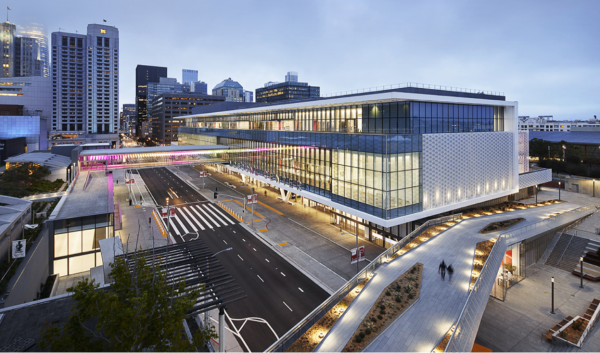
The Moscone Center
Moscone Center’s $500 million expansion project broke ground in May 2015 and was completed in January 2019.
The San Francisco Citywide Customer Advisory Council is comprised of the leading event planners and marketers responsible for planning the largest meetings using Moscone Center. These include Salesforce, Oracle, Apple, RSA, Google, Meta, and others. The participants began discussions with city planners, architects, and designers well before the expansion designs were finalized. They were also very engaged in ongoing discussions during the multi-year constructive phases. Many hours were spent in co-creation listening sessions specifically designed to help the city planners, architects, and designers fully understand the forecasted future needs of Moscone Center users. This feedback and direction were baked into the redesign and construction of Moscone Center.
Major outcomes from these discussions include the design of contiguous, seamlessly connected exhibit hall spaces in the existing underground sections of Moscone North & South. Advisory council participants were unanimous in their feedback that designing contiguous exhibit hall space was a “make or break” for the expansion plans. This redesign required moving underground utility lines and added significantly to construction time and costs; the feedback from their customers convinced decision-makers that the efforts were justified. Additionally, the advisory council participants were instrumental in the design and flow of the newly constructed meeting and event spaces, including the lighting, wayfinding, and the inclusion of large outdoor terraces suitable for social gatherings.
Destination Toronto - New Venue Development
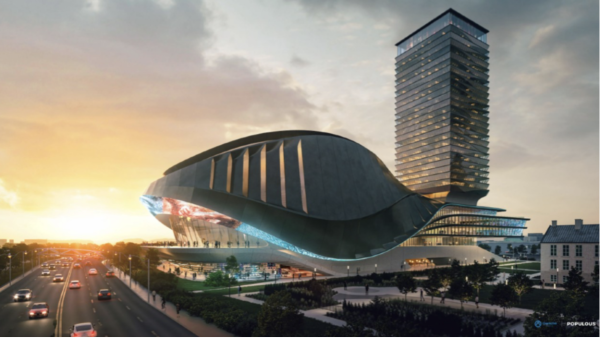
Design for Toronto's new event space
When Destination Toronto and a destination development partner began the process of evaluating and designing the construction of a new $400 million 7,000+ seat multi-use venue, one of their first moves was to convene a group of event professionals and marketers to mine their feedback about the best potential design features. The meeting was convened online during the early months of the COVID-19 pandemic and provided the developers with specific feedback, which they embedded in the design and construction. The venue is scheduled to open in 2025.
Specific direction from the customers included the critical need to design and deliver maximum space flexibility, advanced technology and digital assets, robust mobile-enabled participant experiences, abundant well-designed rigging points, flexible VIP spaces, and environmentally sustainable infrastructure.
By establishing these highly desirable customer- and participant-centric needs early in the design process, the developers were able to seamlessly include these assets and services into the venue’s design.
Visit Salt Lake ASAE 2016 Attendance-building Campaign & New Convention Center Hotel Development
When Salt Lake City, Utah, won the bid to host the 2016 ASAE Annual Meeting & Exposition, it convened a series of focus groups in major markets and its customer advisory board to brainstorm attendance-building messages that would resonate with ASAE participants. A communication perception problem quickly emerged.
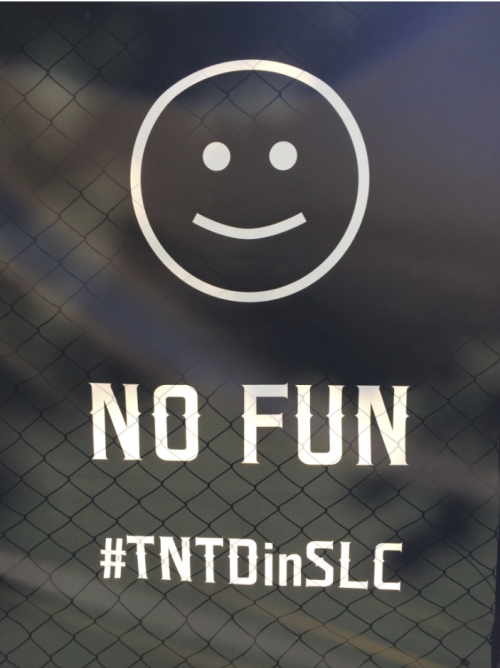
#TNTDinSLC campaign imagery
When focus group attendees were asked to define Salt Lake City’s essence, they landed on “dry, white, and Mormon” as defining factors. The advisory board convened to brainstorm how to effectively counter the misperception. They landed on “telling the truth” about Salt Lake and the idea of making fun of the misperception. The campaign and hashtag #TNTDinSLC was born (There’s Nothing to Do in Salt Lake City). Iconic local luminaries and ordinary citizens were recruited from across Salt Lake City for photos of them eating, drinking, and enjoying the abundant diversity of people, cuisine, and experiences found in this often greatly misunderstood destination. And when ASAE successfully met in Salt Lake City in the summer of 2016, the 5,000+ participants found the #TNTDinSLC campaign festooned around the airport and downtown.
The same Salt Lake Customer Advisory Board later met to brainstorm ideal components of a new “big box” hotel connected to the Salt Palace Convention Center. Working alongside the architects and developers well before the final designs were complete or a shovel was in the ground, the participants ideated a list of key assets they knew the new hotel must have to compete effectively. These include (but are not limited to) smart technology, local art to provide a genuine sense of place, flexible meeting spaces, and intelligently designed modern guest room components.
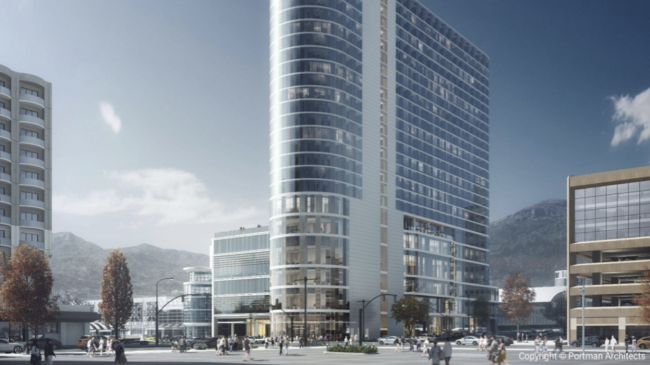
Hyatt Regency Salt Lake
This new 700-room hotel, the Hyatt Regency Salt Lake City, will open in the Fall of 2022 and is chock full of products and services percolated from the feedback of the Salt Lake Customer Advisory Board.
These are just a few examples of how DMOs effectively harvest and use customer feedback from their customer advisory boards to better understand, compete, and thrive in their markets.
